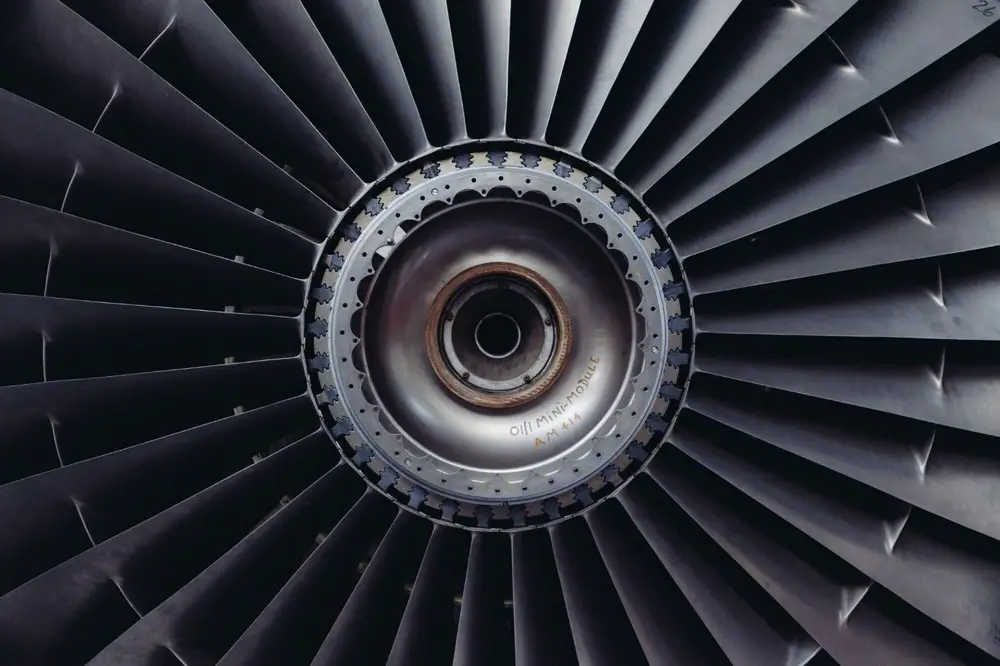How Do Turbine Engines Work Advice, Technical Guide, Generating Energy Help
How Do Turbine Engines Work? A Technical Guide
18 Dec 2020
You might not think it to see it, but a great deal of the human progress of the last century can be traced to humble turbine engines.
The line from Aegidius Elling’s first practical turbine engine, demonstrated in 1903, to the scramjets of tomorrow, is a long and winding one. And the applications for turbine engines are not limited to flying vehicles—they are used in everything from auxiliary power units to large-scale power plants.
But what is a turbine engine? And how do turbine engines work? Let’s dive into some types of turbine engines and how they operate.
How Turbine Engines Work
The basic workings of a turbine engine are fairly simple—at least in theory.
In practice, generating greater levels of thrust or creating more energy requires sophisticated technological developments. This is where powerful alloys like Inconel 718, found here, are used to develop the next generation of air and land turbine engines.
The general operating principles of a turbine engine boil down to this:
- Air is sucked into the engine through the intake, which smoothly guides airflow to the compressor;
- The compressor, which comprises a series of fans with smaller blades, compresses the air, increasing its pressure;
- In the combustion chamber, fuel is injected into the high-pressure air. This is then ignited, creating a high-temperature flow;
- The high-temperature air passes through the turbine, whose blades are connected to a shaft. This “work” is used to power the compressor blades. In an aircraft engine, the exhaust gases are used to generate the thrust that keeps the aircraft aloft. For a power plant, the exhaust can be made to turn a secondary power turbine.
Types of Turbine Engines
Now let’s take a look at a few of the kinds of turbine engines that are commonly employed.
We’re all aware of the jet engines that propel aircraft through the skies. But some of the other turbine engine applications might surprise you.
- Turbojets
This is the basic jet engine that we all know and love. It’s a simple gas turbine, a kind of “rocket” that ejects hot air as exhaust, propelling the jet forward. This is plain Newtonian mechanics—for every action, there’s an opposite but equal reaction.
- Turboshafts
Gas turbines can be used to power driveshafts. This is useful in helicopters, for instance, as well as in power plants.
- Turboprops
This combines a turbine engine with a standard prop-type engine. Like a turboshaft, a turboprop uses the gas turbine to spin a propeller. These are useful for large cargo haulers, like Lockheed’s C-130 Hercules.
- Ramjets and Scramjets
These are more futuristic engines, and they’re designed for supersonic and hypersonic craft. The ramjet is for high-speed flight, where the air is automatically compressed without compressors and turbines. Scramjet engines theoretically operate at higher speeds for even faster flight.
The Wonder of Turbines
So now you know a little more about how turbine engines work. You’ve probably taken them for granted, as most people do. But they are a wonder of the modern world—responsible for everything from flight to power generation.
We hope you’ve enjoyed this article, and please check out our other informative posts.
Comments on this engineering article are welcome.
Buildings
Contemporary Architecture
Comments / photos for the How Do Turbine Engines Work Advice page welcome







